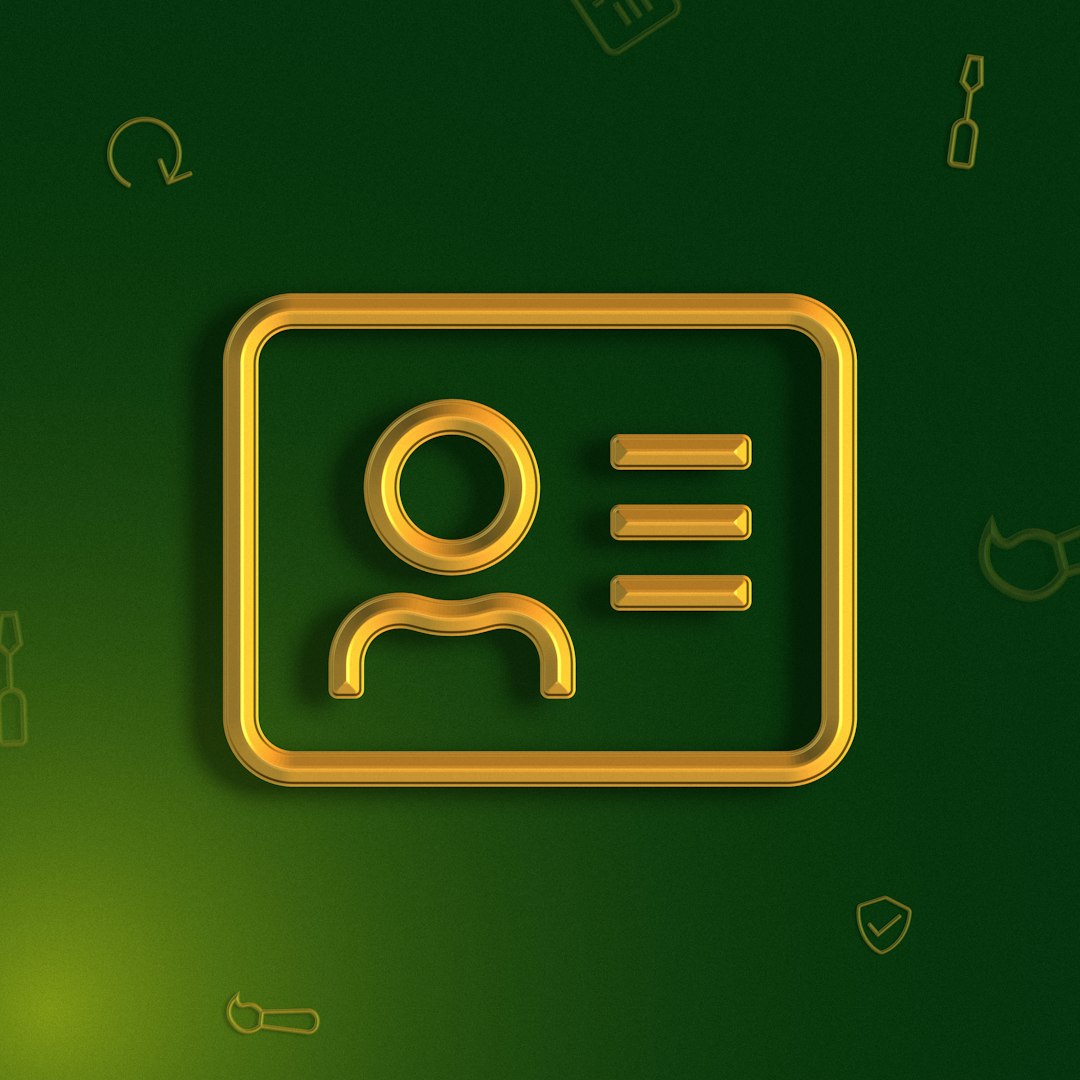
What Is Google PageRank? Simple Explanation for New Marketers
As a new digital marketer stepping into the world of search engine optimization (SEO), you’ll often come across terms like “PageRank,” “backlinks,” and “domain authority.” Understanding PageRank is essential, especially if you want your website to perform well in Google’s search results. Though it may sound technical and overwhelming at first, PageRank has a foundational role in how Google evaluates and ranks websites.
TL;DR: PageRank is an algorithm developed by Google to rank web pages based on how well they are linked to other pages. It views each link to a page as a vote of confidence, meaning pages with more high-quality links tend to rank higher in search results. Although Google no longer shares public updates about PageRank, the concept still influences how your site performs in search rankings. As a marketer, understanding and building quality backlinks is how you “influence” your PageRank in today’s SEO environment.
What Exactly Is Google PageRank?
At its core, PageRank is an algorithm that measures the importance of a webpage by looking at the quantity and quality of links pointing to it. Developed by Larry Page and Sergey Brin (the founders of Google) in the late 1990s, PageRank was Google’s first major innovation that set it apart from older search engines.
Imagine the internet as a massive network of pages, each connected by hyperlinks. Every time one page links to another, it’s essentially voting or endorsing that page. PageRank calculates the probability that a person randomly clicking on links will land on a particular page. The more links pointing to a page—especially from other high-quality websites—the higher its PageRank will be.
Why Should Marketers Care About PageRank?
Even though Google doesn’t publicly display PageRank scores anymore, the principles behind PageRank are still deeply embedded in Google’s ranking system. That means:
- Pages with more quality backlinks generally rank higher in search results.
- Your site’s visibility depends significantly on how other reputable sites view and link to your content.
- By understanding PageRank, you can develop smarter link-building strategies that improve SEO performance.
Knowledge of PageRank gives marketers an edge in building credible and discoverable web properties.
How Does PageRank Work?
Let’s break it down into simple parts for better clarity:
- Link Value: Not all links are created equal. A link from a respected, highly-linked site (like a news site) is worth more than a link from a brand-new blog.
- Distribution of Authority: If a webpage links to 10 different pages, it divides its influence among them. Therefore, fewer outbound links usually mean more power per link.
- Recursive Nature: The value of a link also depends on the PageRank of the linking page. In other words, “stronger” pages pass more ‘link juice’ to the pages they link to.

The math behind PageRank involves probabilities, matrices, and iterations, but thankfully, you don’t need to dive into that to benefit from it. Just knowing how links pass authority is enough to start making smarter SEO and content decisions.
Google PageRank Formula (Simplified)
Google originally described the PageRank calculation using a formula that looked complex to the average user. But in simplified terms, PageRank works like this:
PR(A) = (1 – d) + d(PR(B1)/L(B1) + PR(B2)/L(B2) + … + PR(Bn)/L(Bn))
Where:
- PR(A) is the PageRank of page A.
- d is the damping factor, usually set at 0.85.
- PR(B) is the PageRank of pages B1 to Bn that link to A.
- L(B) is the number of outbound links on page B.
Again, this isn’t something you need to calculate, but it emphasizes how link authority is passed between pages, and how linking structures matter for SEO.
Is PageRank Still Relevant in 2024?
Yes—and no. Google officially removed the public PageRank toolbar in 2016, and it no longer updates public scores. However, SEO professionals and analysts believe that some form of PageRank still exists “behind the scenes” in Google’s algorithms.
While Google now uses hundreds of signals to determine search rankings (content quality, mobile usability, page speed, etc.), link authority remains a top-ranking factor. Multiple studies, including those by leading SEO tools such as Ahrefs and Moz, support this statement.
Modern Tools Replacing PageRank
Since Google no longer shows PageRank data, SEO professionals use various tools that attempt to estimate link authority using their own metrics:
- Domain Rating (DR) – Used by Ahrefs to measure a website’s backlink strength.
- Domain Authority (DA) – Offered by Moz to approximate how well a site might perform in search results.
- Trust Flow and Citation Flow – Metrics by Majestic SEO to evaluate link quality and quantity.

While these aren’t exact replicas of PageRank, they are extremely useful alternatives to gauge a site’s authority and to prioritize link-building efforts.
Using PageRank Principles to Improve SEO
Here’s how you can apply PageRank logic to modern SEO practices:
- Earn High-Quality Backlinks: Focus on acquiring links from reputable, well-ranked websites.
- Create Valuable Content: Content that genuinely provides value is more likely to be linked to organically.
- Audit Outbound Links: Don’t link excessively to low-quality sites. Google may lower your credibility based on where you link out.
- Fix Broken Links: Ensure none of your important inbound or internal links are broken or dead. Link integrity helps maintain authority.
- Control Internal Linking: Strategically link between your own pages to distribute PageRank intelligently. Your homepage often has the most authority—use it wisely.
Common Misconceptions About PageRank
There are several myths floating around, especially among newer marketers. Let’s clear up a few:
- “More links are always better.” – Not true. Quality outweighs quantity when it comes to backlinks.
- “PageRank is everything.” – Wrong again. While important, it’s just one of many factors Google uses to determine rankings.
- “You need to buy links to improve PageRank.” – Buying links violates Google’s Webmaster Guidelines and can lead to penalties. Focus on earning links organically.
The Future of PageRank and Link Authority
While the original PageRank model is likely a smaller part of today’s more complex algorithms, the principle of evaluating a page based on who links to it remains relevant. Google’s algorithms continue to evolve to fight link manipulation, spam links, and black-hat SEO practices. Future SEO will likely continue looking at:
- Topical relevance of linking pages
- User engagement signals (like click-through rates and bounce rate)
- Brand trust and public sentiment
Conclusion
As a new marketer, understanding Google PageRank equips you with a lens through which to view and assess web authority. While the metric itself may be mostly hidden, the logic behind it shapes the foundation of effective SEO. Cultivating high-quality backlinks, creating link-worthy content, and building a better internal linking structure are solid ways to leverage PageRank principles today.
If you treat links as votes of trust and align your strategy accordingly, your site will be more discoverable, authoritative, and valuable in the eyes of both users and search engines.